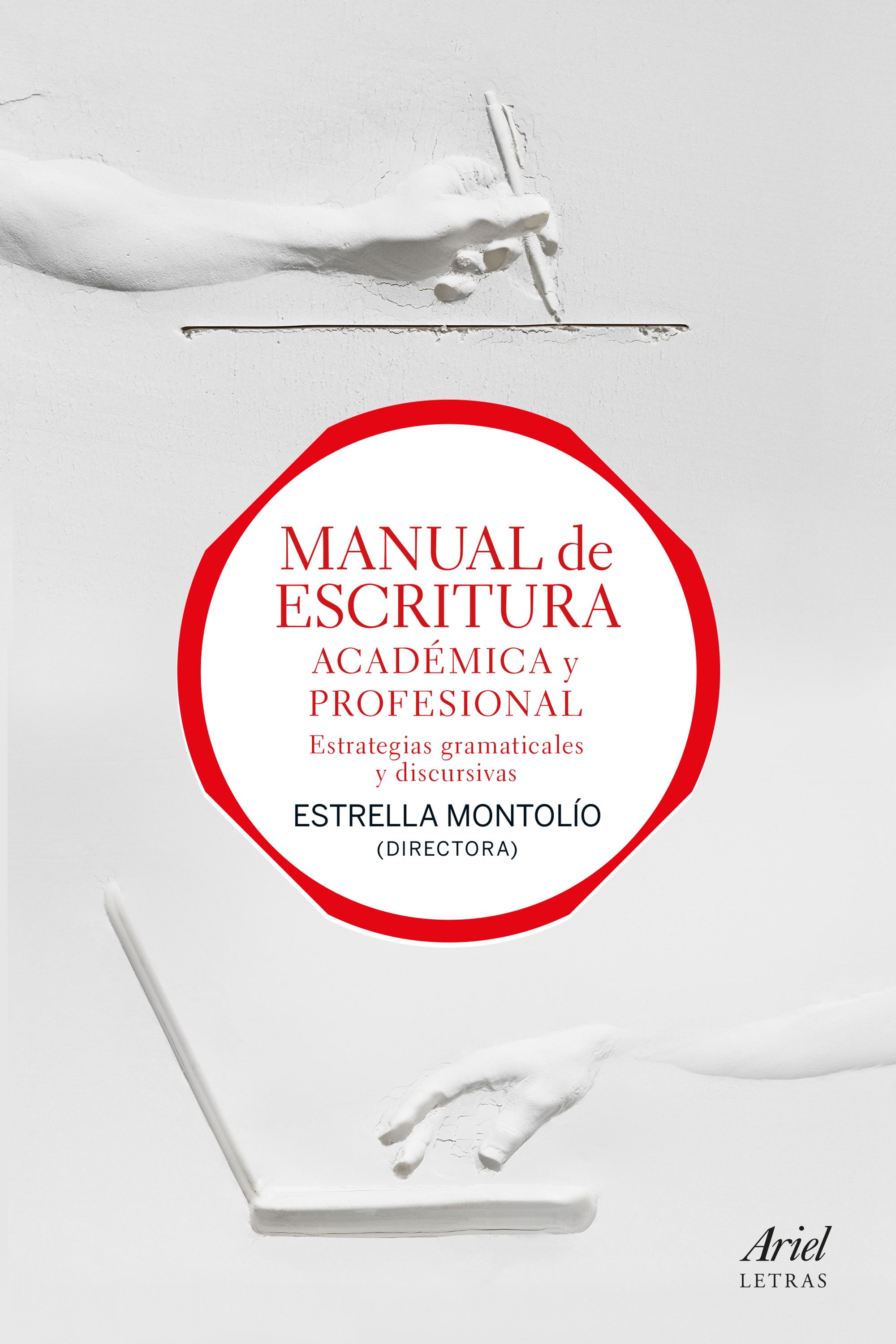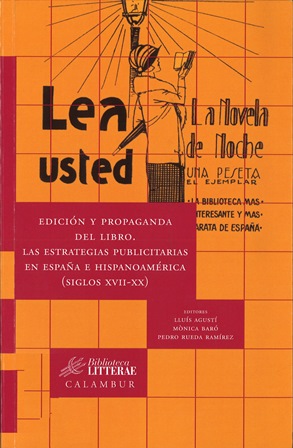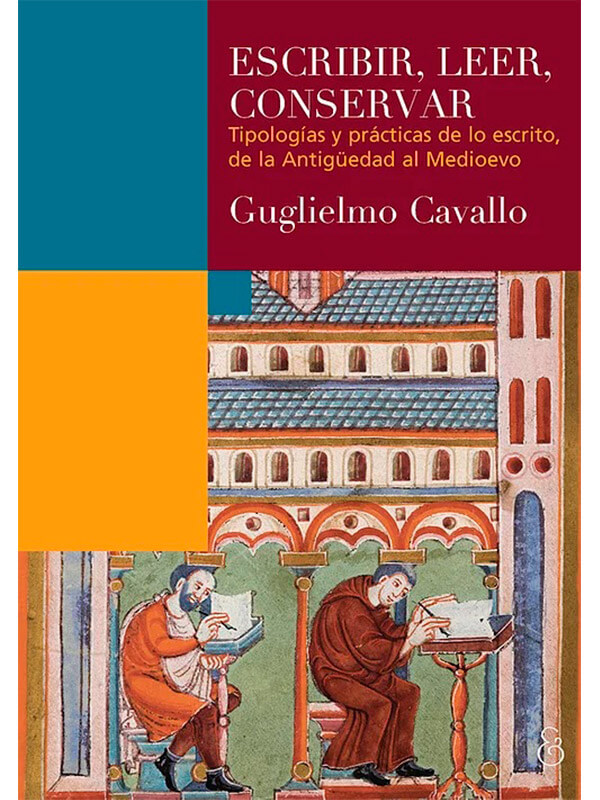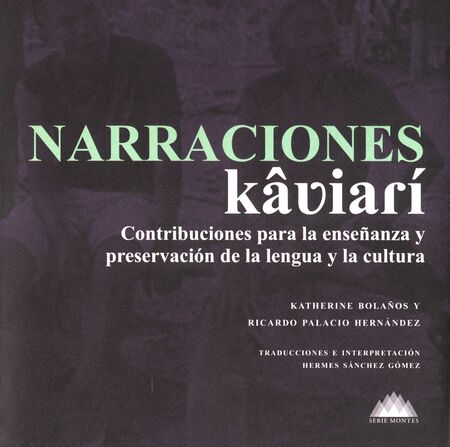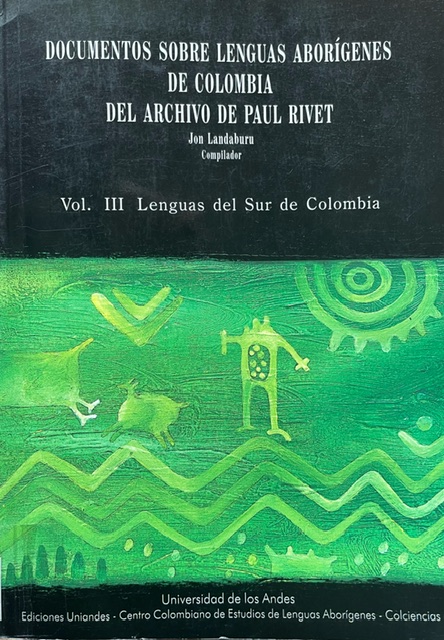Research in applied linguistics : becoming a discerning consumer /
Tipo de material: TextoIdioma: Inglés Series Applied linguistics. Research methodsEditor: Nueva York : Routledge, 2017Edición: Tercera ediciónDescripción: xxii, 260 páginas ; 23 cmISBN: 9781138227767Tema(s): Lingüística aplicada -- Investigaciones | Lingüística -- Procesamiento de datosClasificación CDD: 418.0072
TextoIdioma: Inglés Series Applied linguistics. Research methodsEditor: Nueva York : Routledge, 2017Edición: Tercera ediciónDescripción: xxii, 260 páginas ; 23 cmISBN: 9781138227767Tema(s): Lingüística aplicada -- Investigaciones | Lingüística -- Procesamiento de datosClasificación CDD: 418.0072 | Tipo de ítem | Ubicación actual | Colección | Signatura | Copia número | Estado | Notas | Fecha de vencimiento | Código de barras |
|---|---|---|---|---|---|---|---|---|
| Libros | Sede Centro | Colección General | 418.0072 P462r | ej. 1 | Disponible | tmt10 | 500079274 |
Pte. 1ª: Fundamental for discerning consumers. -- Understanding the nature of research. -- Introduction. -- What is all this research about?. -- Who is all this research for?. -- Is all of this research really that important?. -- If applied linguistics research is so important, how can we understand it better?. -- Who is discerning consumer of research?. -- The motivation behind research. -- Demythologizing research. -- THe meaning of true research. -- Identifying important questions. -- Exercise 1.1: Where are the answers?. -- Exercise 1.2. ---- Key terms and concepts. -- How to locate research. -- Chapter overview. -- Where to look and what to look for. -- Prliminary sources. -- Exercise 2.1. -- Socondary sources. -- Tables of reference/Bibliographies. -- Is all primary research of equal weight?. -- Exercise 2.2. -- Differentiatins primary from secondary. -- How to obtain research articles. -- What journals are related to applied linguistics?. -- Exercise 2.3. -- Key terms and concepts. -- Pte. 2ª: THe major components of published research. -- Understanding the framework of a primary research article. -- Chapter overview. -- THe framework of a research article. -- The title. -- The abstract. -- Exercise 3.1. -- The introduction of a study. -- Exercise 3.2. -- Method. -- Exercise 3.3. -- Exercise 3.4. -- Results. -- Discussion/Conclusion. -- Key terms and concepts. -- Understanding. Where data come from: the sample. -- Chapter overview . -- Sampling terminology. -- Sampling paradigms. -- The representative sampling paradigm . -- Exercise 4.2. -- Ethics in sampling of human participants. -- Key terms and concepts. -- Understanding research desings. -- Chapter overview. -- Section 1: Cassifying research designs. -- The basic-applied continuum. -- THe qualitative-quantitative continuum. -- The exploratory-confirmatory continuum. -- Exercise 5.1. -- Section 2: Questions desings. -- The WHAT quesitions. -- Exercise 5.2. -- Exercise 5.3. -- The WHY questions. -- Exercise 5.4. -- Section 3: Internal validity. -- History. -- Maturation. -- Differential selection. -- Statistical regression. -- Subject attrition. -- Control group contamination. -- Testing. -- Researcher effect. -- Pygmalion effect. -- Hawthorne effect. -- Treatment intervention. -- Accumulative treatment effect. -- Treatment fidelity. -- Treatment strength-time interaction. -- Exercise 5.5. -- Key terms and concepts. -- Understanding data gathering. -- Chapter overview. -- Section 1: Collecting and evaluating verbal data. -- Observational procedures. -- Evaluating the dependability of verbal data. -- Procedures. -- Exercise 6.1. -- Section 2: Collecting and evaluating numerical data. -- The judge/rater. -- Instrumental procedures. -- Meta-analysis. -- Exercise 6.2. -- Evaluating the qualities of numerical data-gathering. -- Procedures. -- Exercise 6.3. -- Key terms and concepts. -- Understanding research results. -- Chapter overview. -- Introduction data analysis. -- Numerical versus verbal data. -- Common practice. -- Section 1: Analysis of verbal data. -- Evaluating pattern and themes. -- Evaluating explanations and conclusions. -- Exercise 7.1. -- Section 2: Analysis off numerical data. -- Overview of statistics. -- Understanding descriptive statistics. -- Understanding inferential statistics. -- Exercise 7.2. -- Inferential statistical procedures. -- Exercise 7.3. -- Exercise 7.4. -- Exercise 7.5. -- Exercise 7.6. -- Exercise 7.7. -- Key terms and concepts. -- Discerning discussions and conclusions: completing the picture. -- Chapter overview. -- Six needed overview. -- Six needed ingrediets. -- Seven questions every consumer should ask. -- Qualitative example. -- Quantitative example. -- Exercise 8.1. -- Appendix A: Constructing a literature review. -- Introduction. -- Why do a review of research?. -- Where to begin. -- Abstracting primary literature. -- Writing a review of research. -- Exercise A.1. -- Appendix B: Going to the next level of statistics. -- More about descriptive statistics. -- Type of scales. -- Exercise B.1. -- Shape of the data distribution. -- The average. -- Data variance. -- Exercise B.2. -- More about inferential statistics. -- Univariate versus multivariate procedures. -- More on unvariate ANOVAs. -- Multivariate ANOVAs. -- Degrees of freedom. -- Exercise B.3. -- Type II error and power. -- Effect size revisited. -- Key terms and concepts.
Fundación Teatro Musical Latinoamericano Compra 28/07/2017 Factura - 2767
Lenguaje y lenguas




